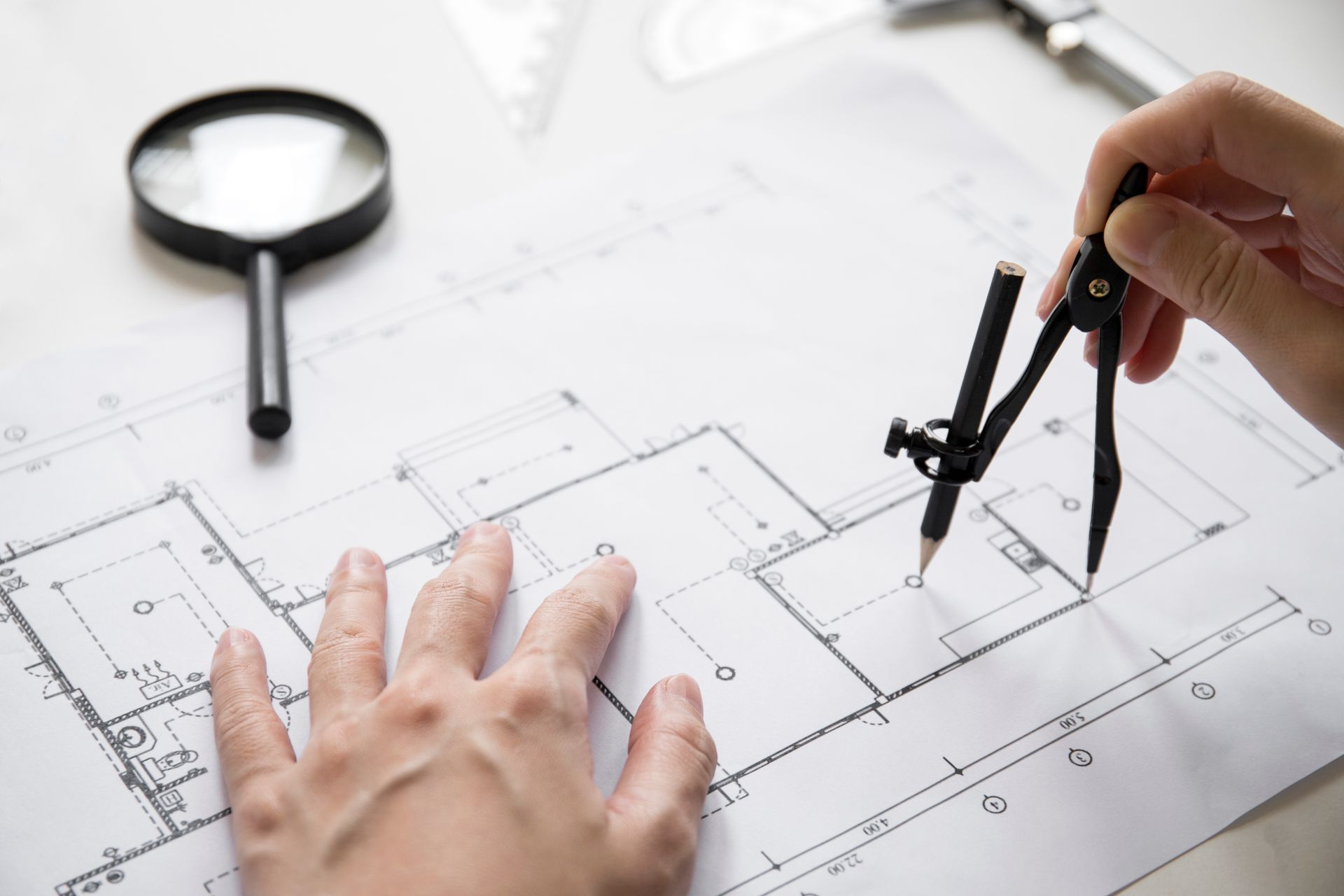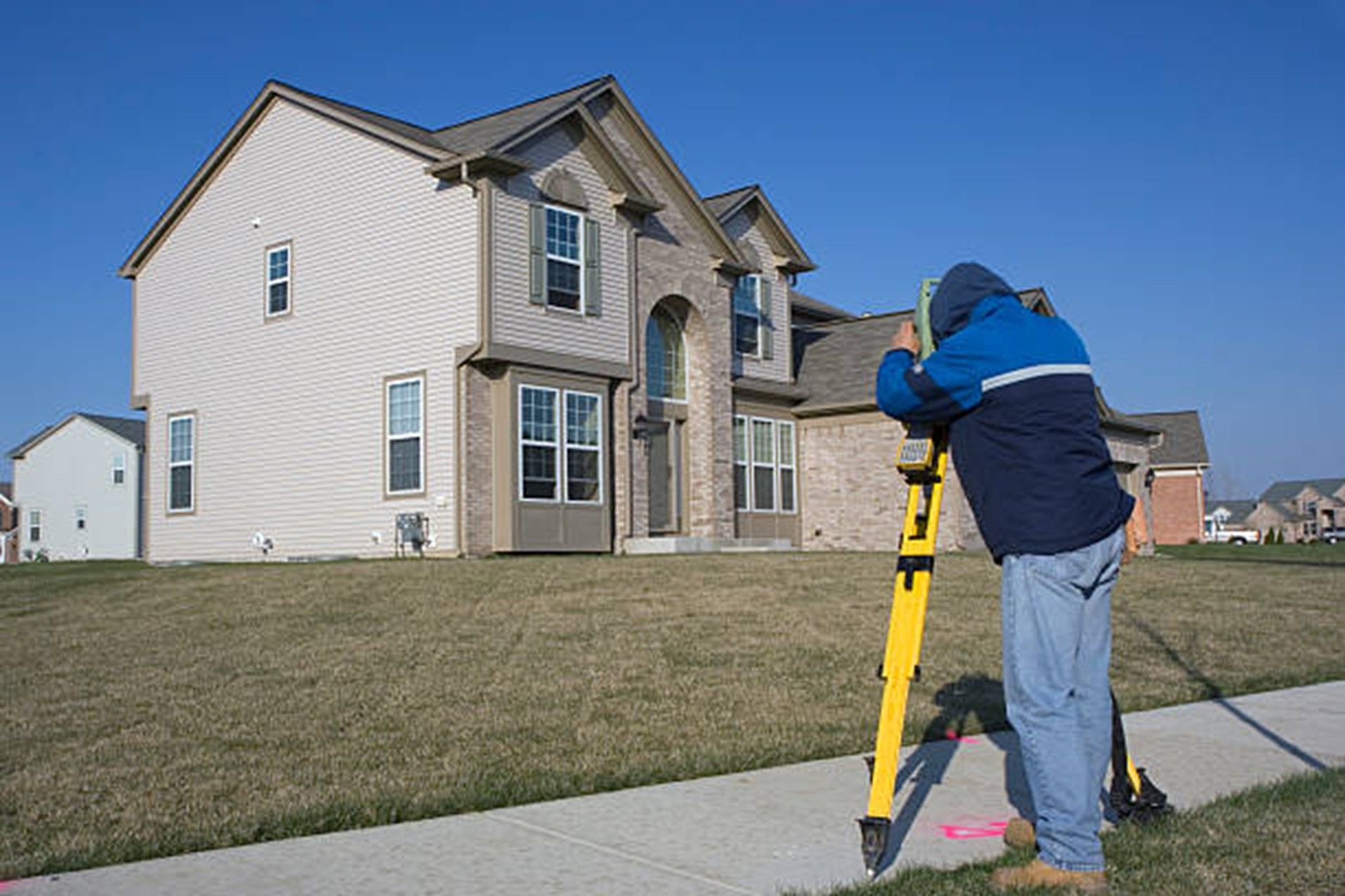Plot Plan Precision: Why Accuracy Is Everything in Site Design
Before putting a shovel in the ground, one essential step stands between an idea and a successful build: the plot plan.This document provides the foundation for safe, legal, and functional development. For those wondering how to get a plot plan, it involves gathering detailed measurements of your property and working with skilled professionals to map everything clearly. Without it, even the best architectural design may run into costly issues.
Start with What Matters: Legal Clarity
A site plan isn’t just a visual it’s a legal reference. It defines lot boundaries, setbacks, easements, and building footprints. Local authorities often require it before granting permits. Errors here could delay the project or invite disputes. Ensuring the plan reflects actual ground conditions protects everyone involved from owners to builders.
Understanding property lines is crucial to avoid costly legal battles. Misunderstanding boundaries could mean your structure infringes on neighbors’ land or violates zoning laws. Plot plans clarify these details, giving you a clear legal framework for your project.
Accuracy Impacts Drainage and Grading
Poor drainage planning can lead to standing water or erosion. Accurate elevation data helps with proper grading. This ensures water flows away from buildings, protecting foundations and minimizing long-term damage. Plot plans with reliable elevation points prevent surprises during or after construction.
Proper site grading also enhances landscape functionality and helps maintain roadways, walkways, and green areas. Even small errors in elevation measurement can cause water pooling or soil erosion, impacting the longevity and safety of your structures.
Structure Placement Depends on It
Whether it’s a home, garage, or pathway, every structure must sit in the right spot. Minor miscalculations can violate zoning codes or result in costly redesigns. Builders rely on these drawings to position each feature correctly. It all starts with exact reference points derived from measured field data.
Precision in structure placement also maximizes the use of space and ensures compliance with fire codes and accessibility standards. It impacts not only aesthetics but also functionality and safety.
Avoid Costly Utility Conflicts
Underground infrastructure like pipes, cables, and gas lines must be clearly marked and avoided. A good plan reveals existing utility lines and offers guidance on where to build safely. Avoiding these areas during design not only reduces risk but also cuts delays and protects investment.
Failing to account for utilities can lead to dangerous accidents or expensive repairs. Knowing the exact locations helps contractors plan trenching, drilling, or digging safely and efficiently.
Zoning Compliance Starts Here
Cities and towns enforce specific zoning rules based on location and lot size. These rules govern setbacks, building height, floor area, and permitted uses. A plot plan ensures designs align with local zoning. Submitting a correct layout with your permit application increases approval chances.
Without compliance, you might face fines or forced demolition. Plot plans serve as the blueprint to meet local regulations, ensuring your project passes inspections smoothly.
Smooth Coordination with Contractors
From excavation crews to concrete teams, everyone reads the same drawing. A well-done plan keeps teams on the same page. Misunderstandings shrink, and timelines stay on track. Contractors can schedule tasks confidently, knowing they have the right spatial data at hand.
Clear communication through precise site plans also reduces costly rework and resource waste. It helps create an efficient workflow that saves time and money.
Boundary Disputes Can Be Prevented
Neighborly relations matter. Building even slightly over a line may trigger legal issues or forced changes. A precise site layout backed by surveyed dimensions avoids overstepping property limits. This is especially vital in residential zones with tight spacing.
A certified plot plan often becomes evidence in resolving conflicts. Early resolution avoids delays and preserves good relationships.
Permit Applications Without Delays
Permit offices check for compliance. Submitting documents without accurate plot details may result in rejection. Reapplying costs time and sometimes money. Getting it right the first time speeds things up and avoids repeat visits.
Having a detailed plot plan streamlines the review process and demonstrates professionalism, which may lead to faster permit approval.
Plan Updates for Property Improvements
Renovating or adding features? A current plot plan helps assess if changes are feasible. Whether it’s a driveway extension or a patio, every addition should align with codes and lot boundaries. A plan keeps all improvements aligned with property limits and regulations.
This prevents surprises during inspections or when selling your property later on. Updated plans reflect the latest condition of your land.
Closing Note:
Installing fencing without verified layout data may lead to problems. Property lines aren't always obvious, and guesswork may cause placement errors. That’s why a survey for fence is essential especially before finalizing materials or hiring installers. Fence placement impacts security, privacy, and neighbor relations. A clear boundary prevents disputes and costly removals or relocations. At RealMapInfo LLC, we support clients by delivering detailed, clear, and code-compliant plot plans. Our team brings accuracy and insight to every job, ensuring your design starts on solid ground. Whether you’re building a home, planning site improvements, or preparing for permits, our expert service covers each step. Get it done right the first time with our help.
FAQs:
1. What is a plot plan and why is it important?
A plot plan is a detailed drawing showing property boundaries, structures, and features. It ensures accurate site design and legal compliance.
2. How do I get a plot plan for my property?
You can obtain a plot plan by hiring licensed surveyors who measure and map your land, ensuring precise and official documentation.
3. Why is accuracy crucial in a plot plan?
Accuracy prevents boundary disputes, zoning violations, and construction errors, saving time and money during building projects.
4. What role does a survey for fence play in property design?
A survey for fence confirms exact boundary lines, helping install fencing correctly and avoiding conflicts with neighbors.
5. Can a plot plan help with permit approvals?
Yes, local authorities require accurate plot plans to verify zoning compliance and site safety before issuing construction permits.












Share On: